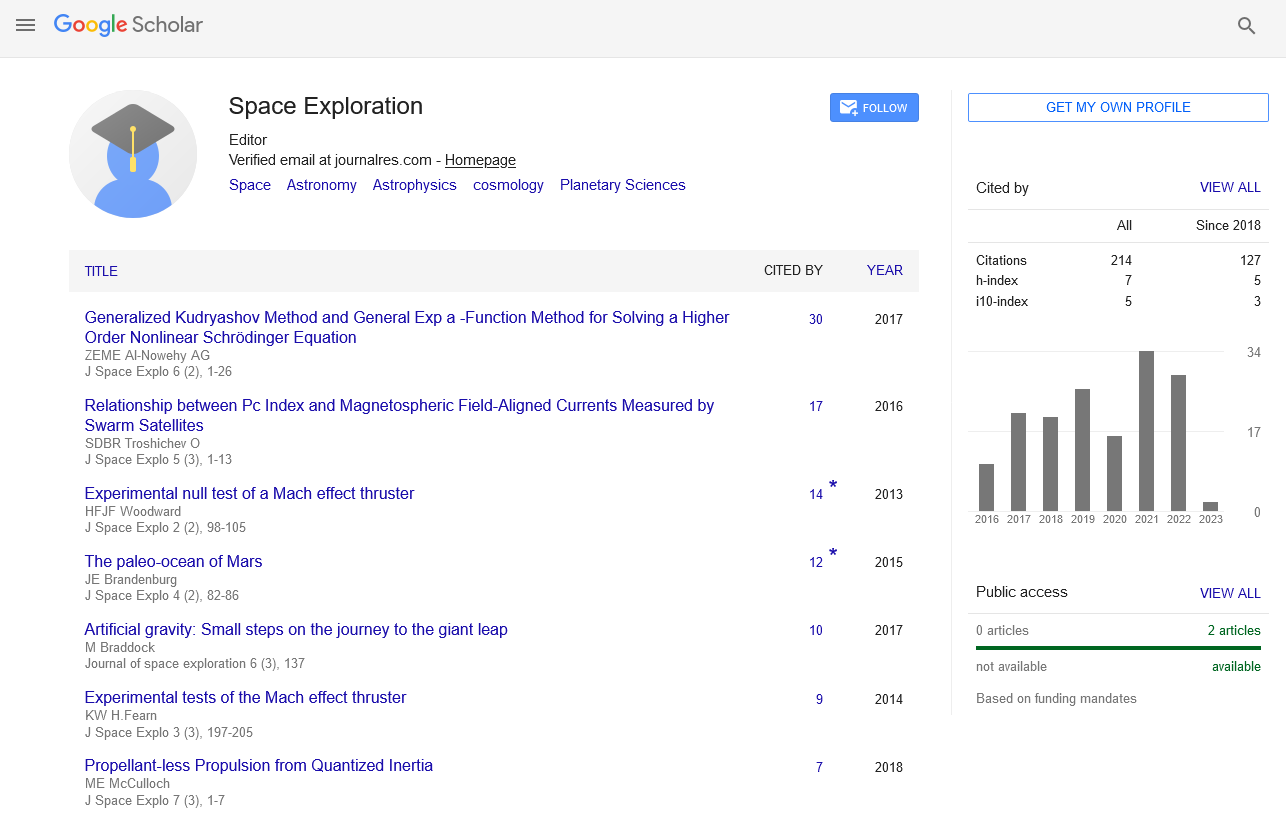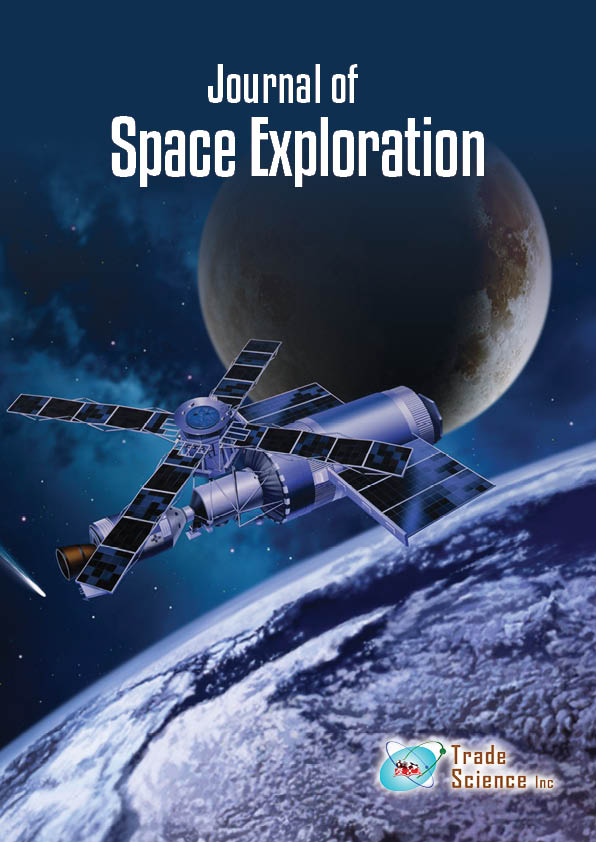Abstract
A tutorial to solve the 'free' two-body binary pulsar celestial mechanics problem
Author(s): Paul A.MuradThe ‘captured’ 2-body Kepler problem usually requires bodies that have a large difference between their separate masses. The larger body is usually assumed centrally located that influences a smaller satellite body. In binary pulsar orbits, the two bodies may have similar masses as ‘free’ bodies to generate separate orbits. These bodies with similar weights that may produce highly elliptical trajectories while other pulsar binaries with different weights produce near circular orbits; clearly this behavior is counter-intuitive. Consequences of these orbits are either premature or that the neutron star may alter gravity due to excessive axis rotation. Closed-form solutions are presented for the ‘free’ two-body problem. Results indicate that the eccentricities for binaries may be different with each of these ‘free’ orbits. Moreover, there is a correlation that relates eccentricities, to the mass of the binaries, the type of trajectories as well as a function of the neutron star’s rotation rate. If this is the case, there is a possibility that angular momentum may play a role in gravitation.

